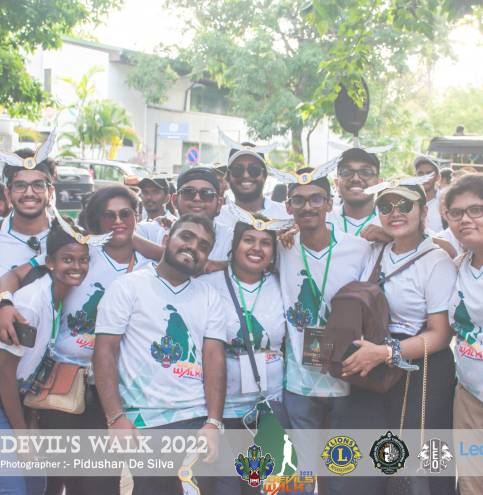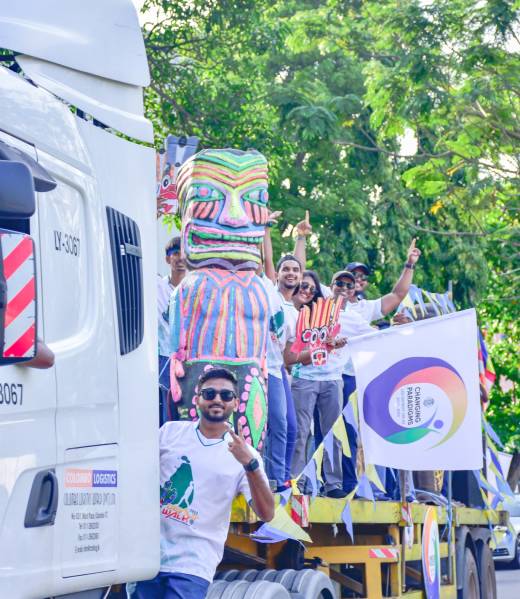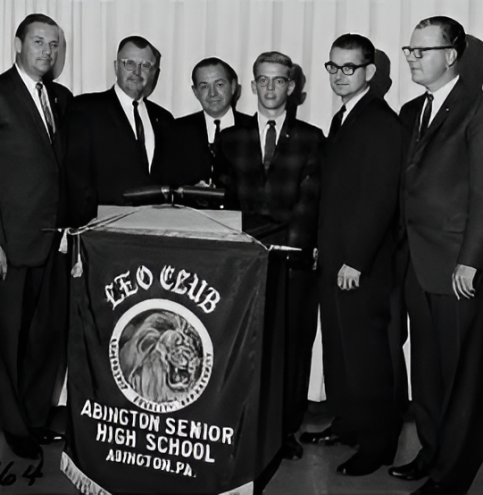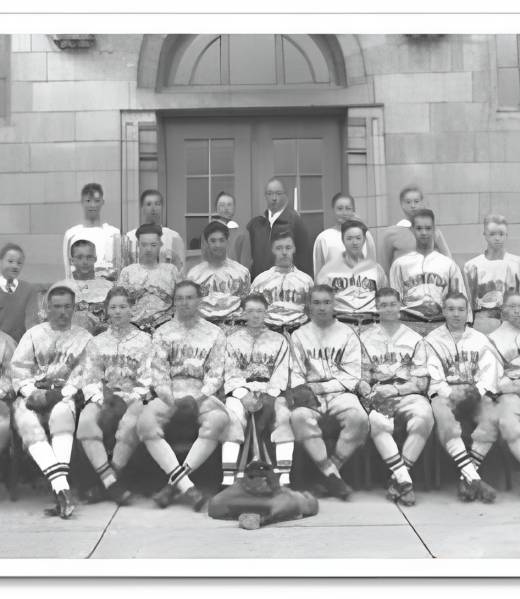Origin of Leoism in Sri Lanka
In 1969, the first-ever Leo Club was inaugurated in Sri Lanka, the Leo Club of Wattala, comprising of a team of cricketers. This program became popular among Lions, after which they paved the way for many youths by launching more Leo Clubs. In 1978, the Lions Multiple had sufficient Leo Clubs to have Sub-Districts. The main reason behind the redistricting of the Leo Multiple was to ease administrative activities.
The Multiple 306 was divided into 306 A and 306 B. In 1989, the Sub-District 306 C was established through the combination of certain parts of 306 A and 306 B. The redistricting took place again in 2005 as the Multiple 306 was divided into 6 Districts A1, A2, B1, B2, C1, and C2. The Divisional Presidents of each District aimed at increasing their Leo member count while ensuring quality over quantity.
At present, over 200 Leo Clubs are located islands wide including Colombo, Jaffna, Trincomalee, Batticaloa and Down-South, actively serving the community, with leading school and university Leo Clubs among them.


Origin of Leoism in Maldives
The Leo Club extension program to the Maldives was an effort to empower and unveil new leaders in the Maldives while directing the Sri Lankan Leo Movement to a whole new arena.
Under the plan and direction of Multiple District President Leo Rahul Attanayake PFLM, the first ever Leo Club in the Maldives: the Leo Club of Malé was formed in 2023. The extension program and establishment of the new Leo Club were conducted as a project chaired by the District Vice President of Leo District 306 C2, Multiple District Council Officer Leo Lakisha Perera PFLM. This was a turning point for the Sri Lankan Leo Movement since it introduced young leaders to a new culture, a new community, and chances to develop future leaders in a new nation.

History of Leoism
Leoism simply refers to the youth hand of the Lions Movement, a worldwide network of men and women collaborating to serve their communities and change their lives to make a long-lasting positive impact. The Leo program was officially adopted by the international movement of the Lions Club in 1967 as one of their projects, through which they empower the youth of the world to put their genuine efforts individually and collectively for the development of the local and international community. Thus, every Leo Club is hosted and sponsored by a respective Lions Club.
However, the main focus of the Leo program was to instill attributes and qualities of leadership in young individuals to awaken and energize them to work as responsible members for a better community, a better country and a better world. Apart from this, the Leo program joined youth of various social, cultural, ethnic and economic backgrounds through friendship, fellowship and mutual understanding.
The history of the Leo movement dates back sixty-four years. Mr. Jim Graver was the baseball coach of the Abington High School in Pennsylvania, USA while he was also a member of the Glenside Lions Club. Along with the help of his fellow Lion William Ernst, the first Leo Club in the world was chartered on December 5th, 1957. They chose the school colours; Maroon and Gold as the Leo Club colours.
The motto of the Leo Club is Leadership, Equality (which was later changed to Experience) and Opportunity. Accordingly, in October 1967, the board of the Lions Club International adopted the Leo program as their official youth program. From then onwards up till now, the Leo program has rapidly spread to approximately 150 countries and 7200 Clubs worldwide which comprises 140,000 + memberships. Leo Clubs are open to young people with good character and an interest in serving their communities.


